Question:1
What effect does keeping distance have on the driver’s field of vision?
Category : Safety
Question:2
What’s the correct manner for braking whilst riding a motorcycle?
Category : Safety
Question:3
What is required in order to change lanes without causing any disturbance or risk?
Category : Safety
Question:4
It is prohibited to drive too close to the vehicle in front of you:
Category : Safety
Question:5
What is the correct order of actions while reducing the vehicle’s speed?
Category : Safety
Question:6
When there is fog, a part from fog lights.
Category : Safety
Question:7
How would you choose appropriate shoes for riding a motorcycle?
Category : Safety
Question:8
It is prohibited to start overtaking without verifying
Category : Safety
Question:9
When you apply the brake pedal during an emergency braking:
Category : Safety
Question:10
What is required from a driver that approaches the road signs appearing in the following picture?
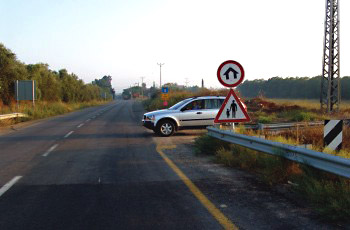
Category : Safety
Question:11
What effect does the distance between vehicles have on the overtaking process?
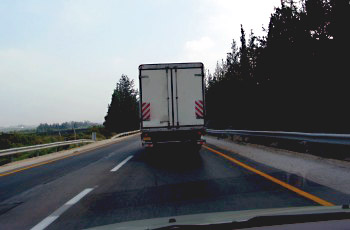
Category : Safety
Question:12
What are the elements that contribute to vehicle skidding?
Category : Safety
Question:13
What is a reasonable and safe motorcycle riding speed?
Category : Safety
Question:14
How are you required to conduct yourself according to the following picture?
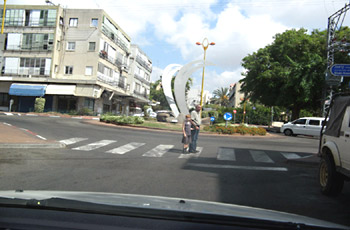
Category : Safety
Question:15
What is the relation between the vehicles speed and the vehicle’s stopping distance?
Category : Safety
Question:16
How are you required to conduct yourself according to the occurrence depicted in the picture?
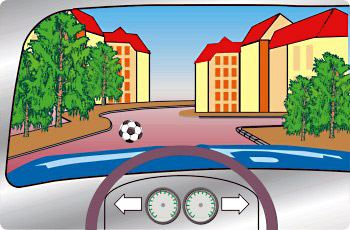
Category : Safety
Question:17
How would you, while driving a motorcycle, evade an obstacle – such as an object that is laid on the road – that suddenly appears in front of you?
Category : Safety
Question:18
Why is it important to drive on the right side of the road?
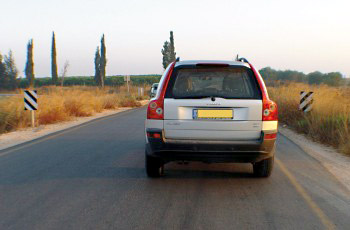
Category : Safety
Question:19
When driving in reverse:
Category : Safety
Question:20
What are the risks of driving continuously for many hours?
Category : Safety
Question:21
When driving in reverse:
Category : Safety
Question:22
Choose the only correct sentence:
Category : Safety
Question:23
On a sharp curve, slow down:
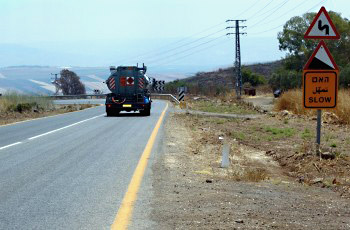
Category : Safety
Question:24
While turning, what natural force pushes the vehicle against the direction of the turn?
Category : Safety
Question:25
In your opinion, is the truck positioned correctly within the curve?

Category : Safety
Question:26
How should a motorcyclist cross an oil slick on the road?
Category : Safety
Question:27
What measure is it important to take before stepping on the brake pedal in order to slow down or to stop?
Category : Safety
Question:28
What are you required to do when during a night drive you are confronted with a vehicle that doesn’t dip its lights and blinds you?
Category : Safety
Question:29
What should a driver always do before making left a U-turn?
Category : Safety
Question:30
How would you drive on a wet road?
Category : Safety

